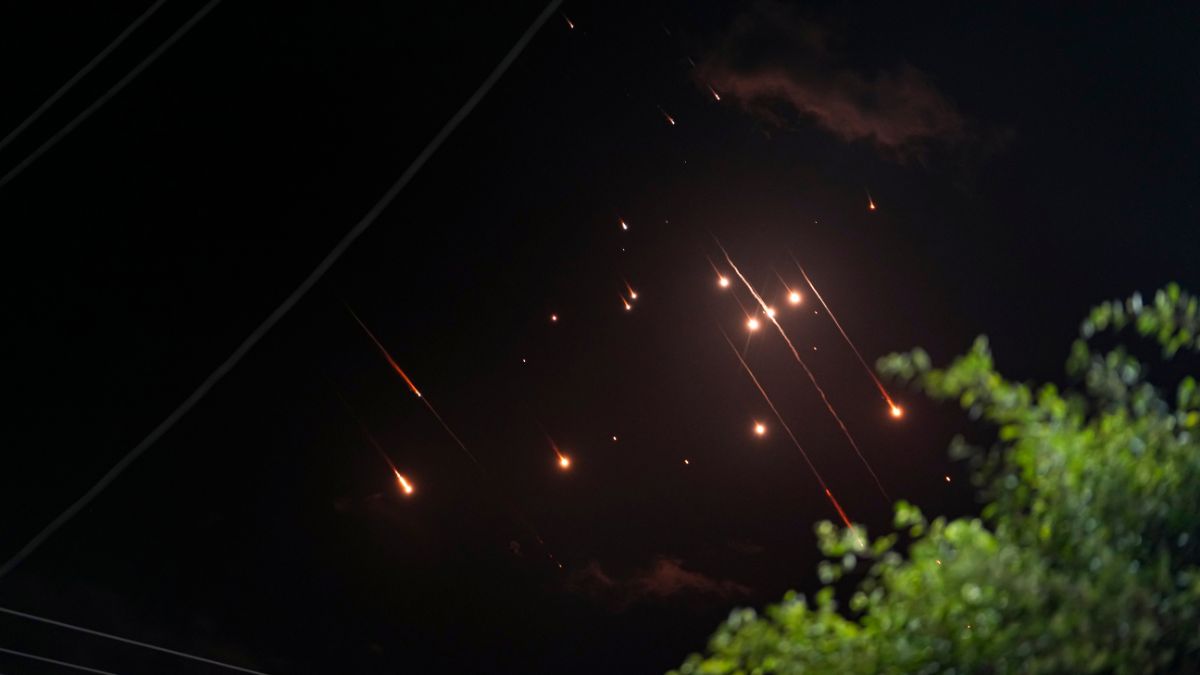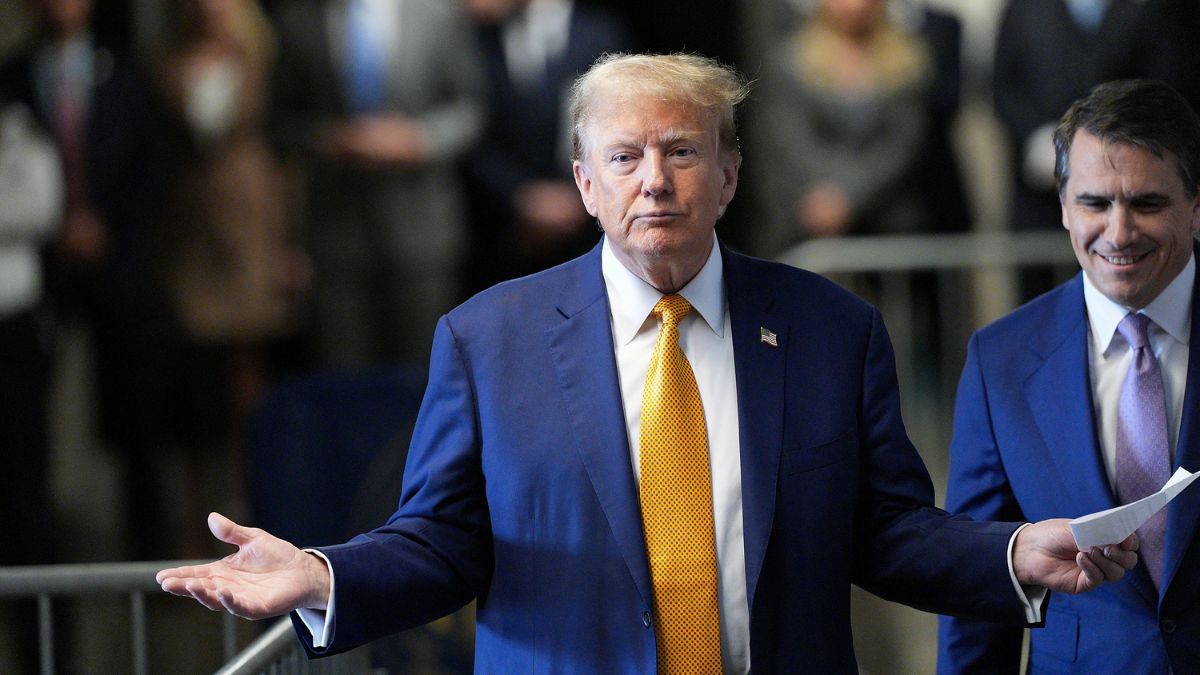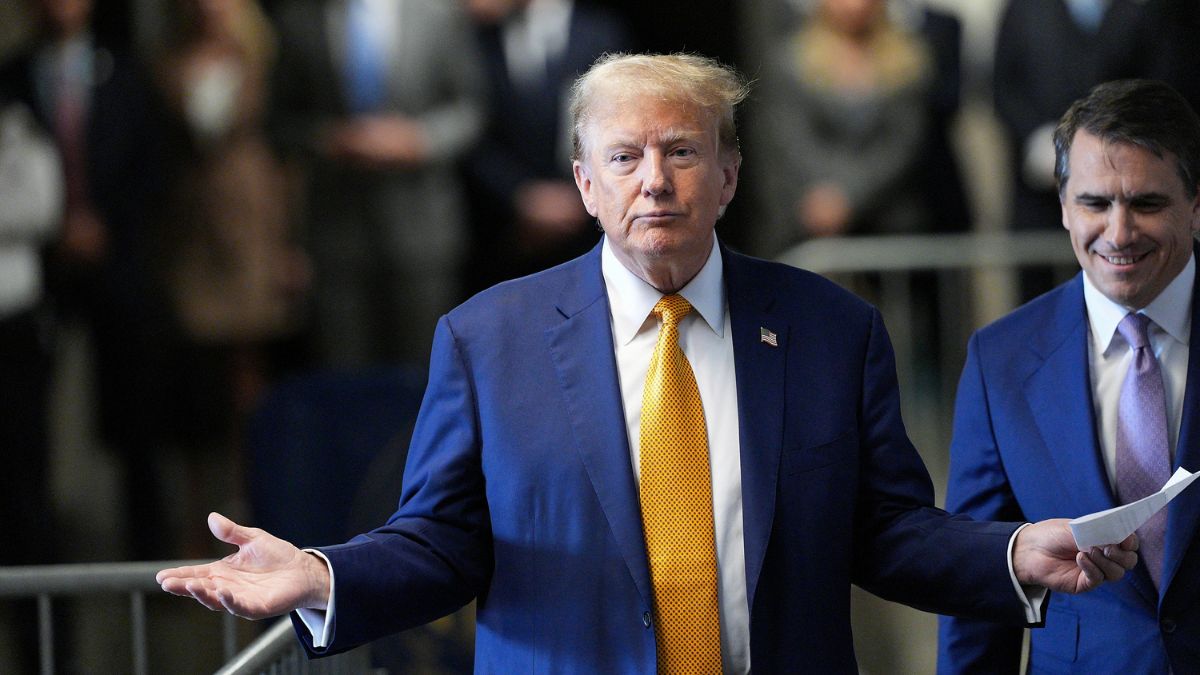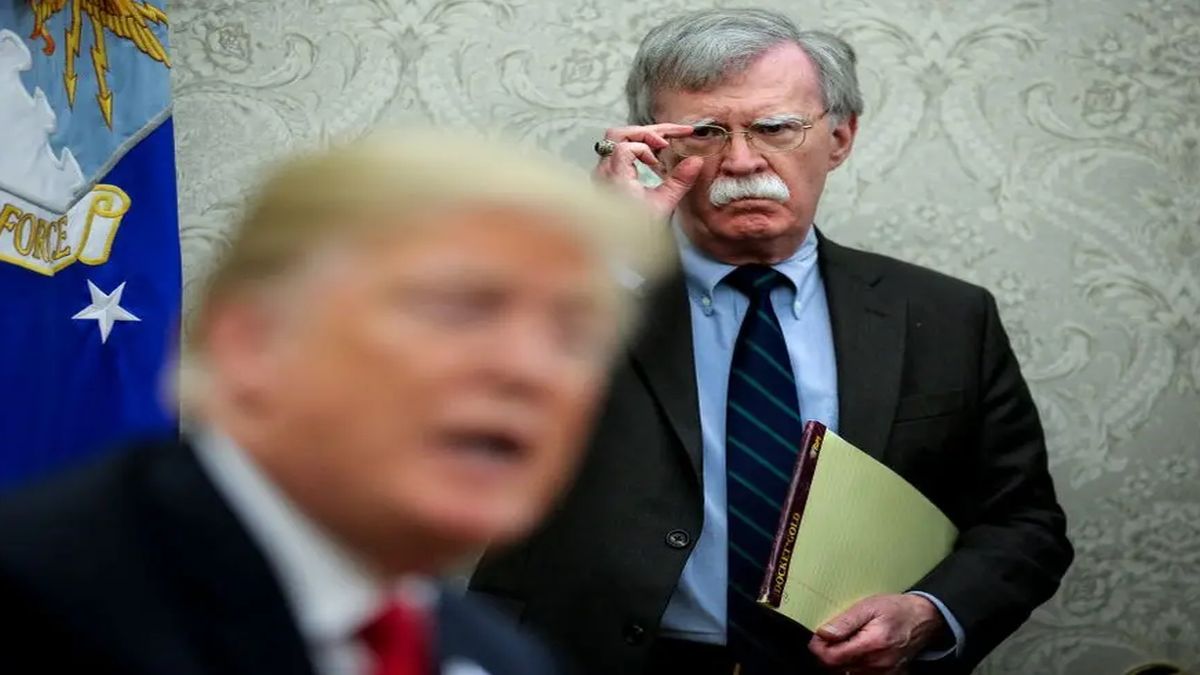On Tuesday night, Iran launched over 180 missiles at Israel. The Israeli Defense Forces (IDF), along with assistance from the United States, Britain, France, and Jordan, successfully intercepted most of the missiles.
Nevertheless, several missiles did hit central and southern parts of Israel, causing physical damage and inflicting a psychological toll on the population.
In Gedera, south of Tel Aviv, one of the most impacted areas, cleanup crews began the arduous task of repairing the damage. Workers were seen shoveling debris from a local school where missile fragments destroyed parts of a classroom, reported The Washington Post.
Residential areas in the Tel Aviv region were also hit, leaving large craters near buildings. Despite the barrage, casualties were limited.
Two people sustained minor injuries in the Tel Aviv area, while a 72-year-old woman in the West Bank town of Jit was also injured. A 38-year-old Palestinian man, Sameh Khader Hassan Al-Asali, was killed in Jericho after being struck by missile fragments.
A video showed craters about 1,500 metres away from Mossad’s headquarters, including one 30 feet deep and 50 feet wide.
Although the damage on the ground was relatively contained, the assault triggered air-raid sirens across the country, forcing millions of Israelis into shelters, dealing a significant psychological blow to the nation.
How may Israel respond?
As Israelis assessed the damage, government officials began weighing their response. Israeli Prime Minister Benjamin Netanyahu praised the country’s air defence systems, stating that the attack “failed” thanks to the “most advanced air defence system in the world.”
Israeli and US officials took credit for intercepting the majority of missiles. US warships stationed in the Mediterranean also launched a dozen interceptors to aid in defence efforts. Netanyahu assured the public that no aircraft at Nevatim Air Base, one of the missile targets, had been damaged.
Despite this, the assault has stirred debate within Israel’s security cabinet. According to reports from local news outlet Ma’ariv, Israeli military leaders are considering a broad range of retaliatory options.
Some speculate potential strikes on Iran’s oil industry or nuclear facilities. Israeli Finance Minister Bezalel Smotrich warned Iran directly, stating, “Like Gaza, Hezbollah, and the state of Lebanon, Iran will regret the moment.”
Yet, some analysts caution against a large-scale military response. Analysts have warned that any escalation could lead to a broader regional conflict involving Hezbollah in Lebanon, Hamas in Gaza, and even Iranian proxies in Yemen. Commentator Ben Caspit wrote in Ma’ariv that the situation could force Israel into a “duel with the serpent’s head: Iran."
What is the US saying?
United States President Joe Biden expressed unwavering support for Israel but stated that any response should be “proportional.” In a Wednesday briefing, he warned against striking Iran’s nuclear sites, suggesting that the conflict could escalate dangerously. Biden also hinted at new sanctions on Iran, while urging Israeli restraint.
US diplomats, along with European and Arab allies, have been working behind the scenes to prevent the situation from spiraling into full-scale war. Iran, on its part, has indicated it does not want a prolonged conflict with Israel. Iranian Foreign Minister Abbas Araghchi warned, however, that “any new action” from Israel would trigger a “tougher response.”
Why did Iran attack Israel?
Iran’s missile barrage was framed as retaliation for the recent targeted killings of key figures in the Axis of Resistance, including Hezbollah’s top leader, Hassan Nasrallah, and Hamas political leader Ismail Haniyeh.
Iran’s Islamic Revolutionary Guard Corps (IRGC) commander was also killed in Israeli strikes. Analysts suggest that Tehran aimed to re-establish its deterrence capabilities, which have eroded in recent weeks due to Israeli operations.
According to Iranian state media, several types of ballistic missiles were used, including the Emad, Ghadr, and the highly advanced Fattah missile. The Fattah, which Iran claims can travel at speeds of up to 15 times the speed of sound, raised particular concerns.
Missile experts believe its maneuverability makes it harder to intercept. Despite this, Israel’s sophisticated multitiered air defence system managed to block many of the incoming threats.
How did Israel manage to defend itself?
Tuesday’s attack further solidified the effectiveness of Israel’s multilayered air defence. This complex system includes the Arrow, David’s Sling, and Iron Dome, each of which specialises in intercepting different types of projectiles — from long-range ballistic missiles to short-range rockets.
The Arrow system: Designed to intercept long-range ballistic missiles, including those launched by Iran, the Arrow operates outside the atmosphere. It has also been used to block missiles launched by Houthi militants in Yemen.
David’s Sling: Developed in collaboration with the US, David’s Sling is intended for medium-range threats, such as those posed by Hezbollah. This system was deployed during the latest missile barrage.
Iron Dome: Arguably the most well-known, the Iron Dome specialises in intercepting short-range rockets. During this attack, it continued its high success rate, preventing a large-scale catastrophe.
Iron Beam: Still in development, Iron Beam represents Israel’s efforts to pioneer laser-based defence technology. Although not yet operational, it is seen as a future “game changer” because of its cost-efficiency in intercepting missiles.
Will there be a full-scale war in West Asia?
Iran’s missile attack has heightened fears of a broader conflict engulfing West Asia. Hezbollah, already engaged in clashes with the IDF along the Lebanese border, could open another front in the conflict.
The Houthis in Yemen also remain a potential threat, particularly after suffering severe losses in recent Israeli strikes. Defence analysts argue that the attack on Israel was an attempt by Iran to shore up its image as the leader of the Axis of Resistance after a series of high-profile losses.
US officials and international observers are concerned that the region is teetering on the brink of a full-scale war. The White House has vowed to impose “severe consequences” on Tehran if hostilities continue, but diplomats are also pushing hard for a de-escalation.
With inputs from agencies


)
)
)
)
)
)
)
)
)



